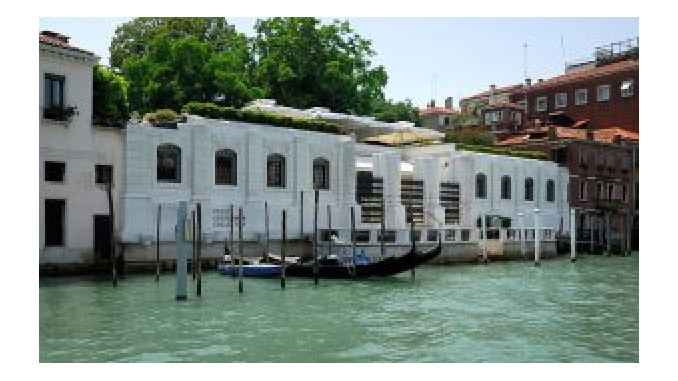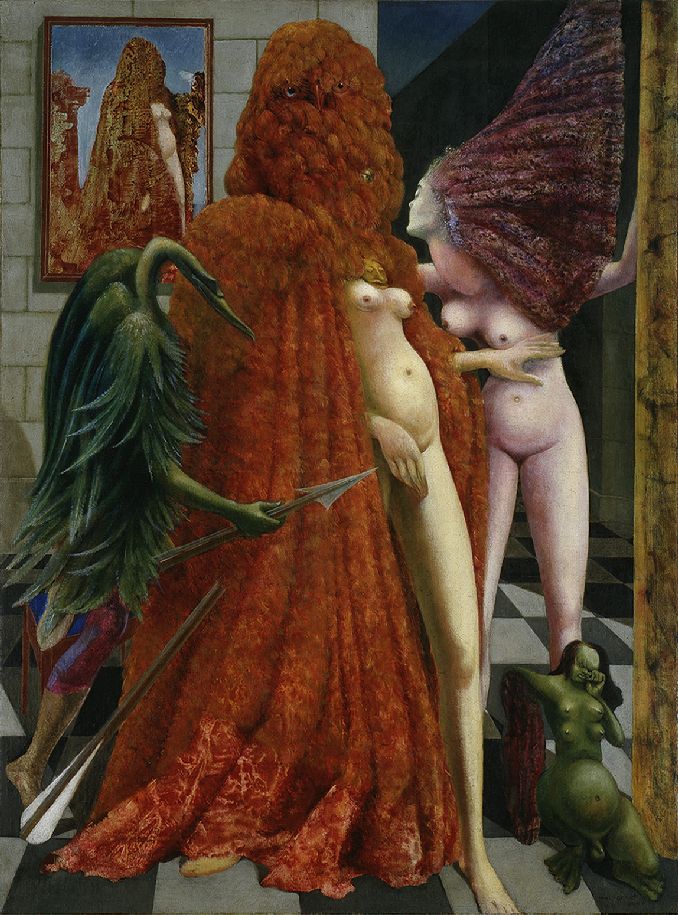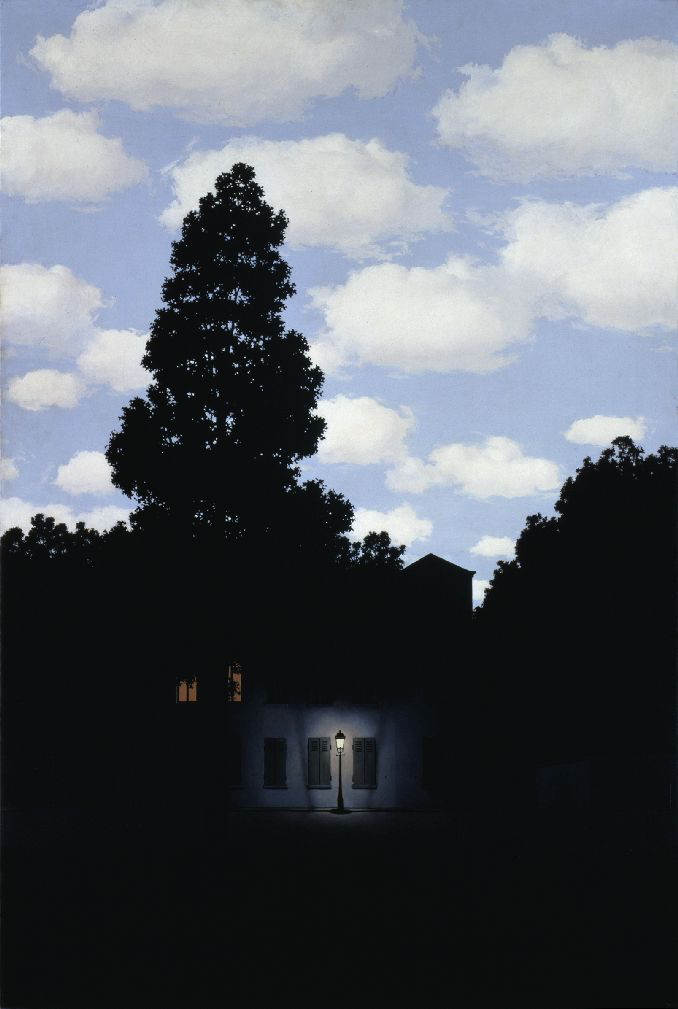
“Venice is like eating an entire box of chocolate liqueurs at one go.” ~ Truman Capote
By Nina Heyn, Your Culture Scout
May be there aren’t exactly “One Hundred Places You Need to Visit Before You Die” but Venice would definitely be nice to check out before you check out for good.
For literally ages Venice was a primary destination for gentlemen finishing their education with an obligatory year of European travel, artists who needed to find inspiration and bon-vivants who were celebrating the carnival. In the 20th century its incredible setting has given us Luchino Visconti’s masterpiece, a melancholy film Death in Venice which itself is based on a novella by Thomas Mann, and the gift kept on giving since there are about 140 other movies entirely or partially set in Venice. You can even book a “Venice Film Locations Tour” that will take you to most celebrated locations that were also featured in movies – the Grand Canal in the Bond movie Casino Royale, Piazza San Marco in Indiana Jones and the Last Crusade or any movie about Casanova, or Hotel Danieli featured in Tourist. Thanks to these movies, paintings, and books (including Donna Leon’s world-famous crime novels) Venice has been popularized amongst travelers outside Europe but this wonder-on-water is now under more pressure than ever. One is the fact that the palazzos are sinking and there may not be any Venice in the future. And the present is certainly also very difficult since the city is overrun by hordes of tourists who need to check Venice off their sightseeing list, never really appreciating it for more than a few hours of snapping selfies. Last year, desperate city fathers have finally persuaded the government to ban the humongous cruise ships from entering the Grand Canal – after years of the horrible whales of ships marring the views of the city and the Adriatic for anyone who managed to actually get to the city.

Photo credit: Giovanni Dall’Orto via Wikimedia Commons
Every year Venice comes to mind at the end of August/ beginning of September because this is the time when Venice International Film Festival takes place as one of the most important film festivals in the world (soon to be the most important if Cannes Film Festival does not improve its recent difficulties). Venice takes advantage of its incredibly attractive location and a perfect date to launch movies with an Oscar potential in order to attract the most ambitious new productions and the highest star quotient. This year festival’s premieres (the winning Roma by Alfonso Cuarón, A Star Is Born starring and directed by Bradley Cooper, First Man by Damien Chazelle) are not going to be available to audiences worldwide until a few months later so at the moment we can just take a look at Venice’s more permanent cultural gifts.
If you visit Venice outside the film festival, there are still many alternatives to the well-worn circuit of tourist favorite spots of Piazza San Marco and the famous canal bridges. Venice Film Festival is actually a part of the Venice Biennale that includes a contemporary art festival and an architectural exhibition which alternate each year. Thanks to the Art Biennale, dozens of art and historical museums, not to mention the city itself with its architectural treasures, this city is a focal point for culture in general and the latest achievements in the world art in particular. Venice is also home to important contemporary art institutions, including Palazzo Grassi and Punta dell Dogana that hold the Pinault Collection, Ca’Pesaro Galleria of Modern Art and above all the famed Peggy Guggenheim Collection. Since the entire city is like a fairy land with its incredible waterways, architectural gems at every turn and dozens of museums led by the Accademia, on a short holiday trip it is easy to miss one of the most charming and perfectly curated museums in the world.

Photo credit: Giovanni Dall’Orto via Wikimedia Commons
The Peggy Guggenheim Collection is housed in the famous “unfinished palazzo” (Palazzo Non Finito) that was Peggy’s home for three decades until her death in 1979. By the time Peggy Guggenheim decided to settle in Venice in 1947, she has already lived several lifetimes as a celebrated society heiress, an avant-garde collector and patron of the arts, a wife or lover to scores of artists including Max Ernst, Yves Tanguy and Samuel Beckett, a savior of European intellectuals escaping the Nazi’s, and an indefatigable art connoisseur and promoter. Her contribution to modernist and expressionist art through her New York gallery Art for this Century has been well documented in her scandal-provoking autobiography (Out of this Century, 1946) but by late 1940’s, Peggy was tired of the New York art scene. Europe was recovering from the war and they were no longer scintillating playgrounds of the rich and artistic as in the thirties. She was looking for a new stage for her larger than life personality and a new arts community in which she could sparkle the way she did in Paris and New York before the war. Venice, untouched by the war and practically one big museum on water, was a perfect stage. All she needed was a venue for her incredible collection of Jackson Pollocks (she was his exclusive gallery representative for years), Max Ernsts (she got him out of wartime Europe as his wife) and Picassos (she bought his major pieces in during the war selloff panic). The collection was much more her child then her own kids with whom she had troubled relationships and a much more lasting legacy than various entanglements with her numerous lovers, friends and admirers. It is rare that a major museum collection is so curated and distilled down to best representatives of the genre. This only happens when a major collector creates a museum to house his/her legacy and happens to have an impeccable taste. Washington’s The Phillips Collection is like that and so are, for example, the Norton Simon Museum in Pasadena or the Broad Museum in Los Angeles.
The palazzo itself is the most unusual in Venice – it lacks floors. A grand Italian family called Venieri commissioned the building in mid-18th century but when they ran out of funds, it never got completed beyond the ground floor. It took three unusual women to give this place a history that is outstanding even for Venice. First it became a stage for wild parties in when an Italian noblewoman and artist Luisa Casati took ownership in the early 20th century. She was a muse and lover of poet Gabriele D’Annuzio and in a way pioneered performance arts when walking around Venice naked with a pet cheetah. The second eccentric and artistic female owner was an Englishwoman Doris Castlerosse who had a failed marriage with a lord, affairs with both Randolph and (allegedly) Winston Churchill, and who also held grand parties in the palazzo after redecorating it in 1930’s. And then came Peggy – equally bohemian and larger-than-life personage but also a woman of taste and deep understanding of the arts. Thanks to her, the collection includes some of the most exquisite paintings by Picasso, Braque, Klee, Kandinsky, Duchamp, Mondrian, Miro and virtually every major artist of the first part of the 20th century.
There are some especially striking paintings there. Max Ernst’s Attirement of the Bride is one of his most famous canvases and a symbolism-rich surrealist tale of love, lust and illusion. The dramatic feather human-bird is thought to be a representation of Ernst himself (or at least an image of his inner self), whereas the “bride” may represent his lover Leonora Carrington. Carrington, an early Women’s Lib activist, a surrealist painter and woman who suffered greatly at the hands of many men, including Ernst, deserves a story of her own but in this painting what matters are the layers and layers of allusions to other painters (Lucas Cranach the Elder, de Chirico, Caspar David Friedrich), symbols and points of view. It is literally a painting one cannot stop looking at.

Peggy Guggenheim Collection, Venice © Max Ernst, by SIAE 2008
Another painting in the PG Collection that deserves all the admiration and attention it can get is Rene Magritte’s Empire of Light (L’empire des Lumières). It is a deceptively simple ”street shot” of a tree in front of a house and a lantern in front of the window. Painted in a very naturalistic way (typical for surrealist paintings of both Ernst and Magritte) this night street view would have nothing unusual if not for the fact that the sky behind is a cheerful noonday blue sky covered with fluff hot day clouds. The painting has all times of day and all lighting in it at the same time- an evening lamplight through the house window, a white electric light of a street lamp, daytime sky and total absence of light in the dark night street. Magritte painted several versions of this picture (one is at MOMA in NY) but this one is probably the best one.

Peggy Guggenheim Collection, Venice © René Magritte, by SIAE 2008
If you ever visit Venice and get tired of the crowds, souvenir stalls and noisy tourist groups – visiting the Peggy Guggenheim collection is the one high art experience you should not miss. Either that or at least get a Bellini drink at the historic Harry’s Bar. After all this is where the Bellini’s combination of peaches and champagne was invented by Giuseppe Cipriani, sometime in the late thirties of the last century. Venice is one big cultural history spot where every building, street and even a bar has a history to tell.
Check It Out!
